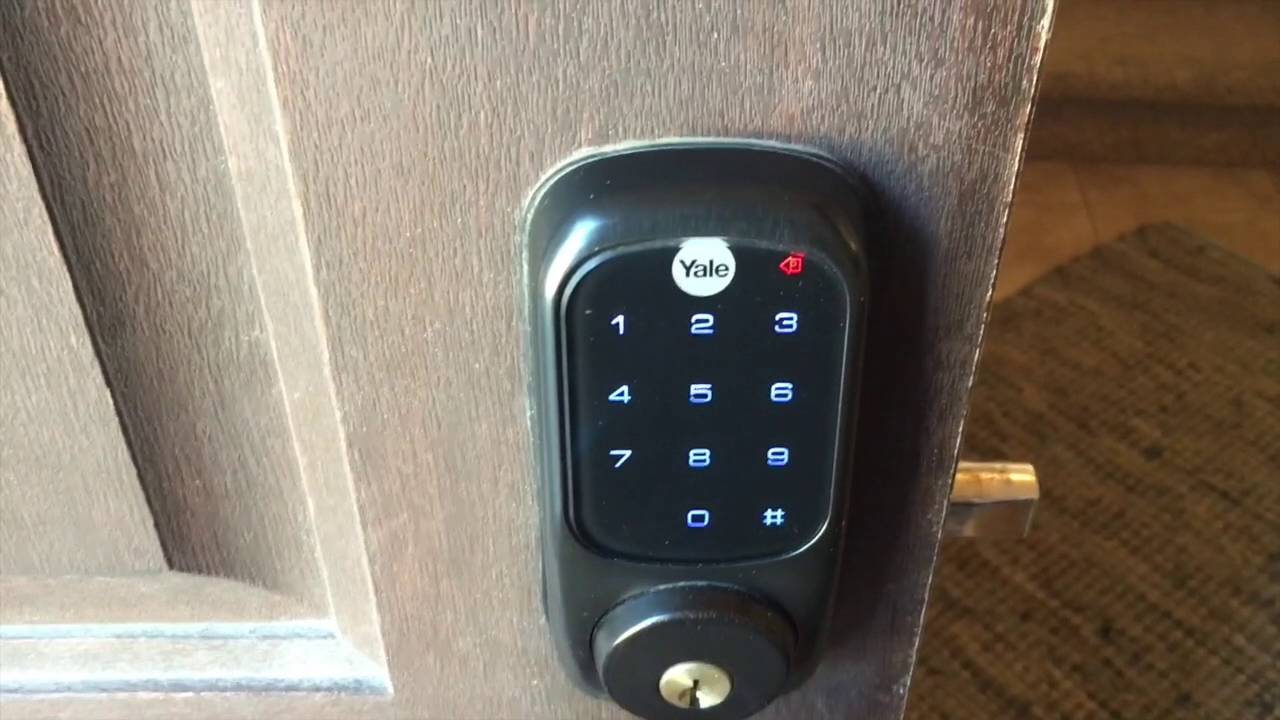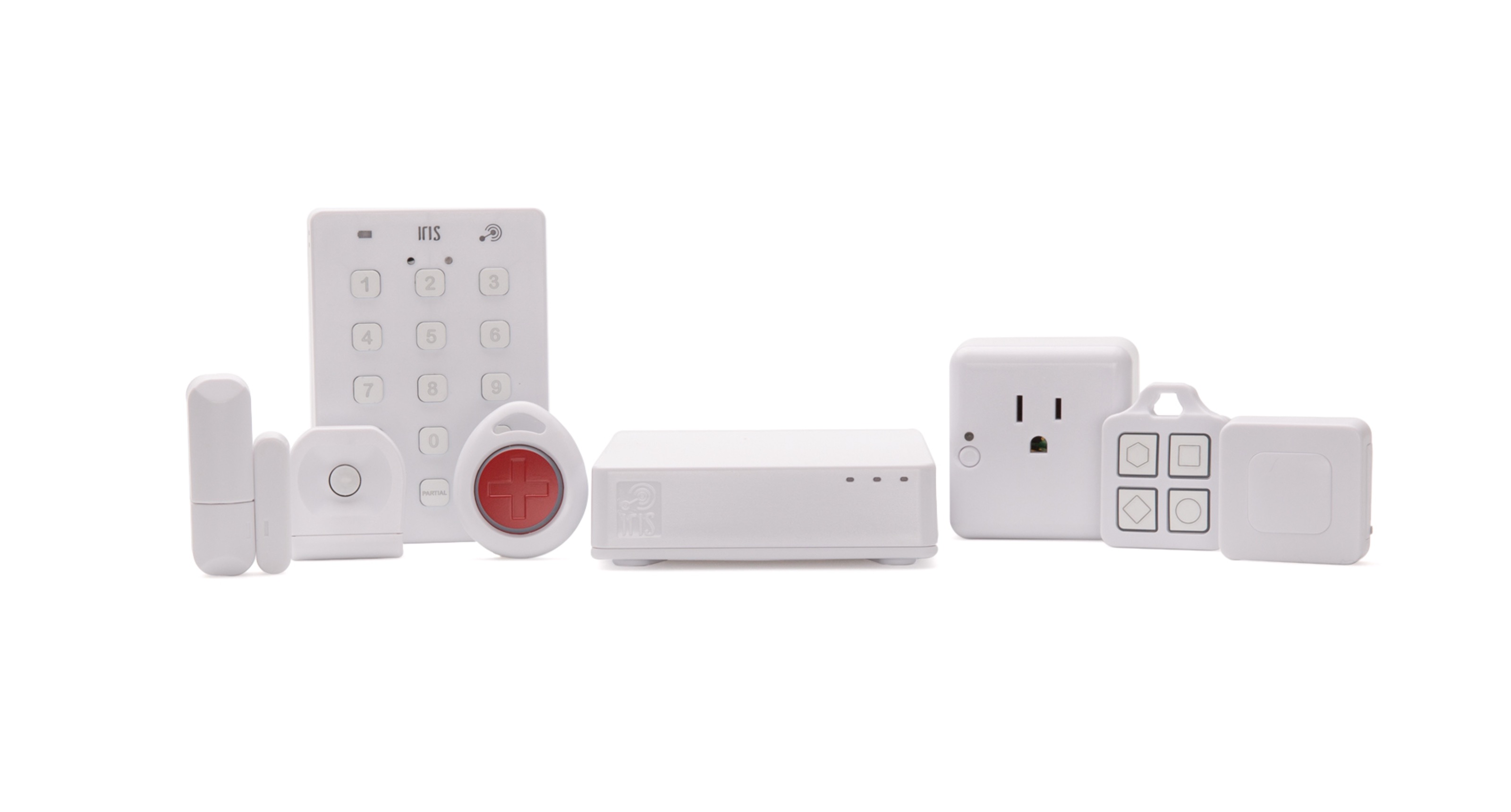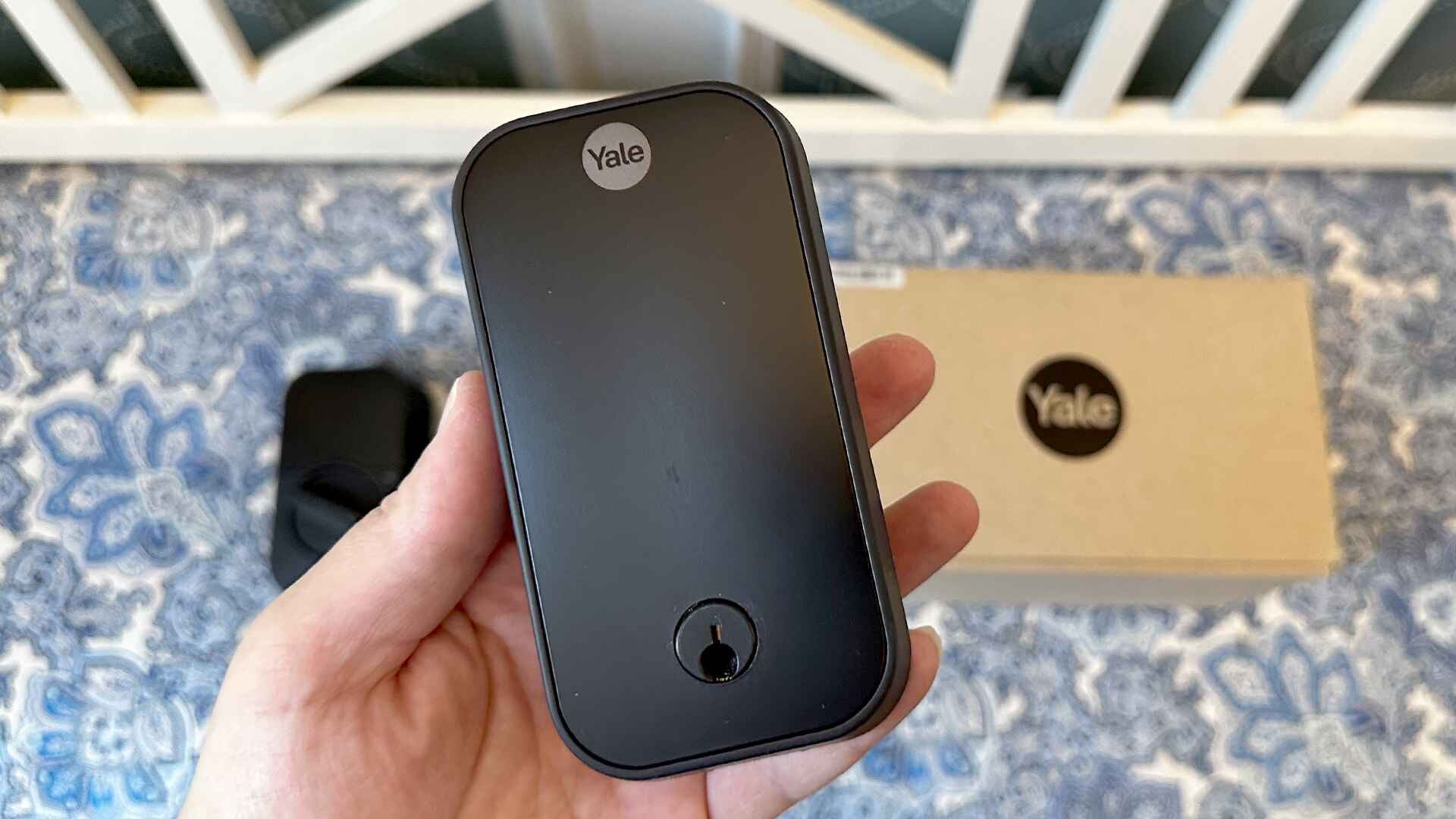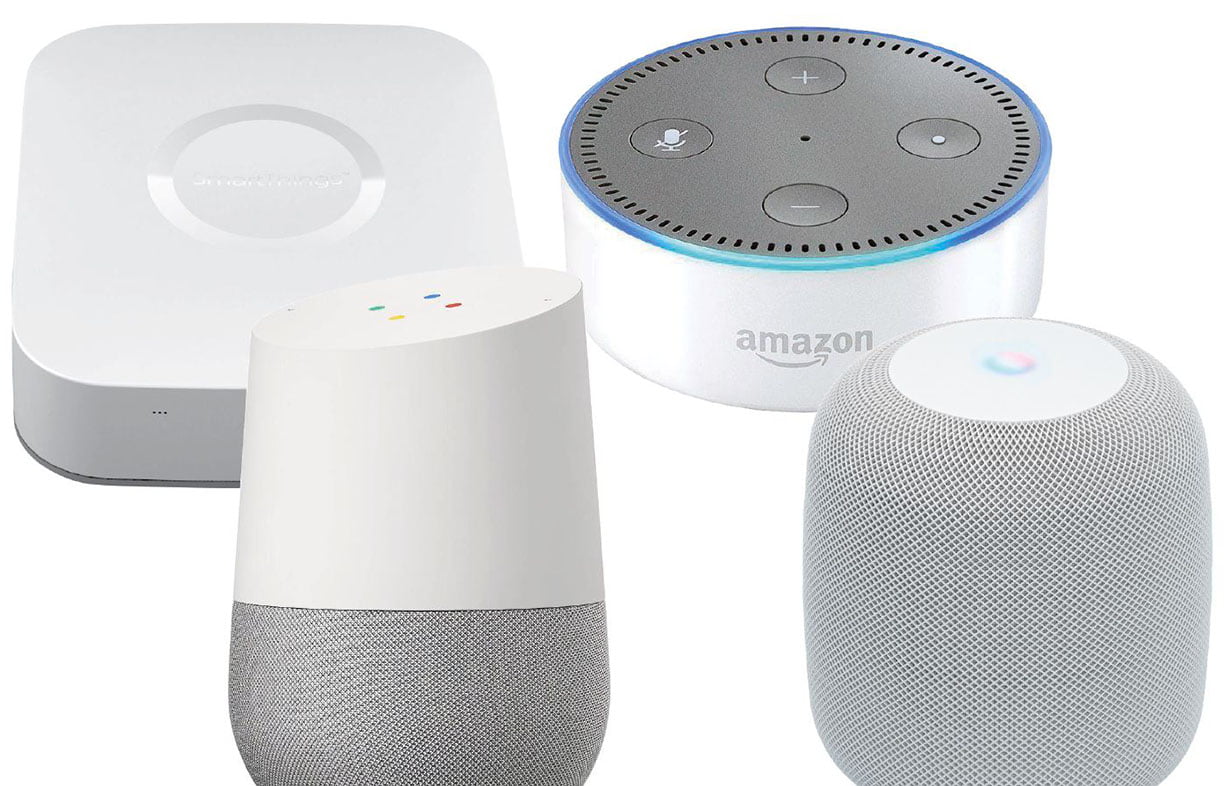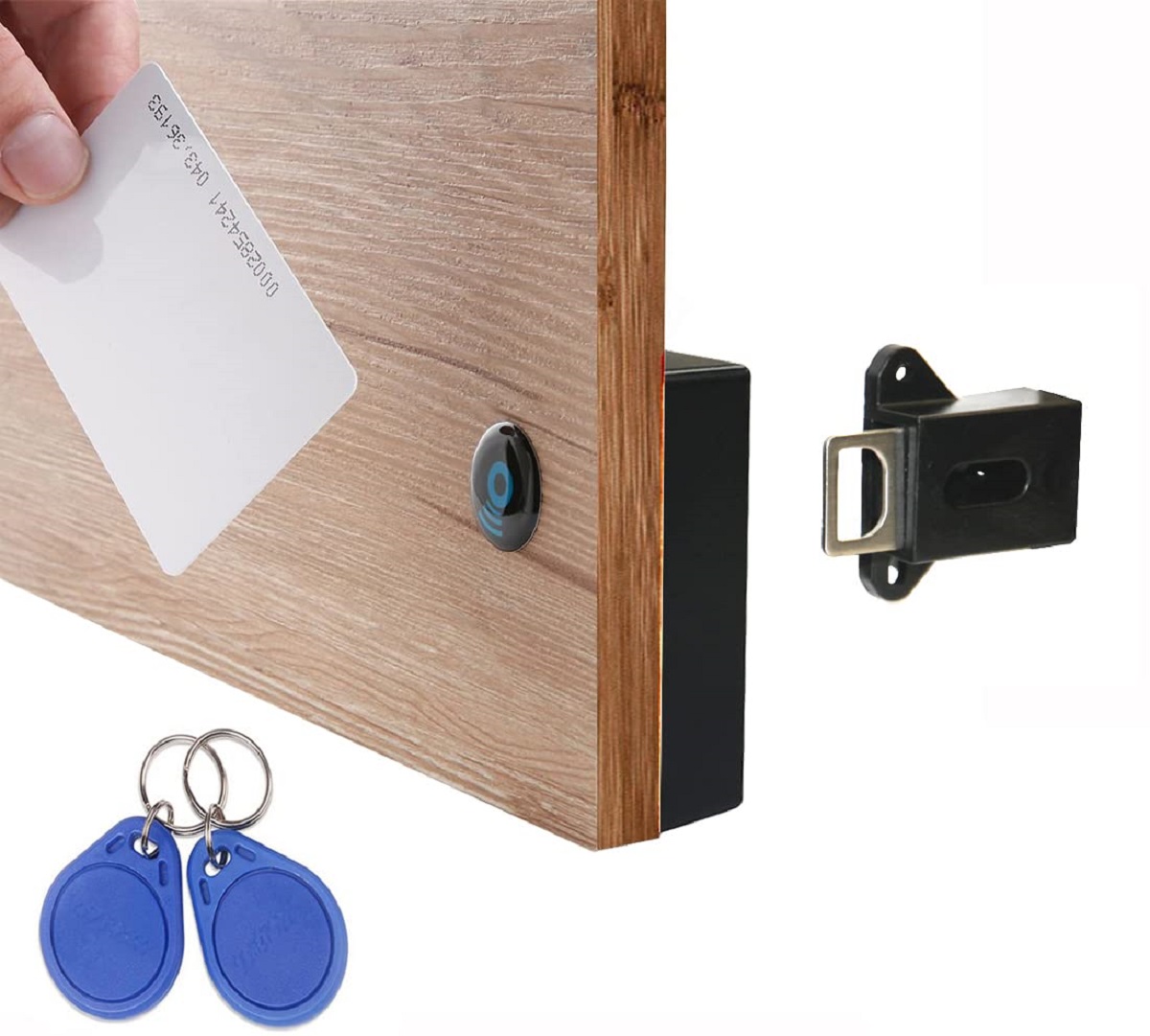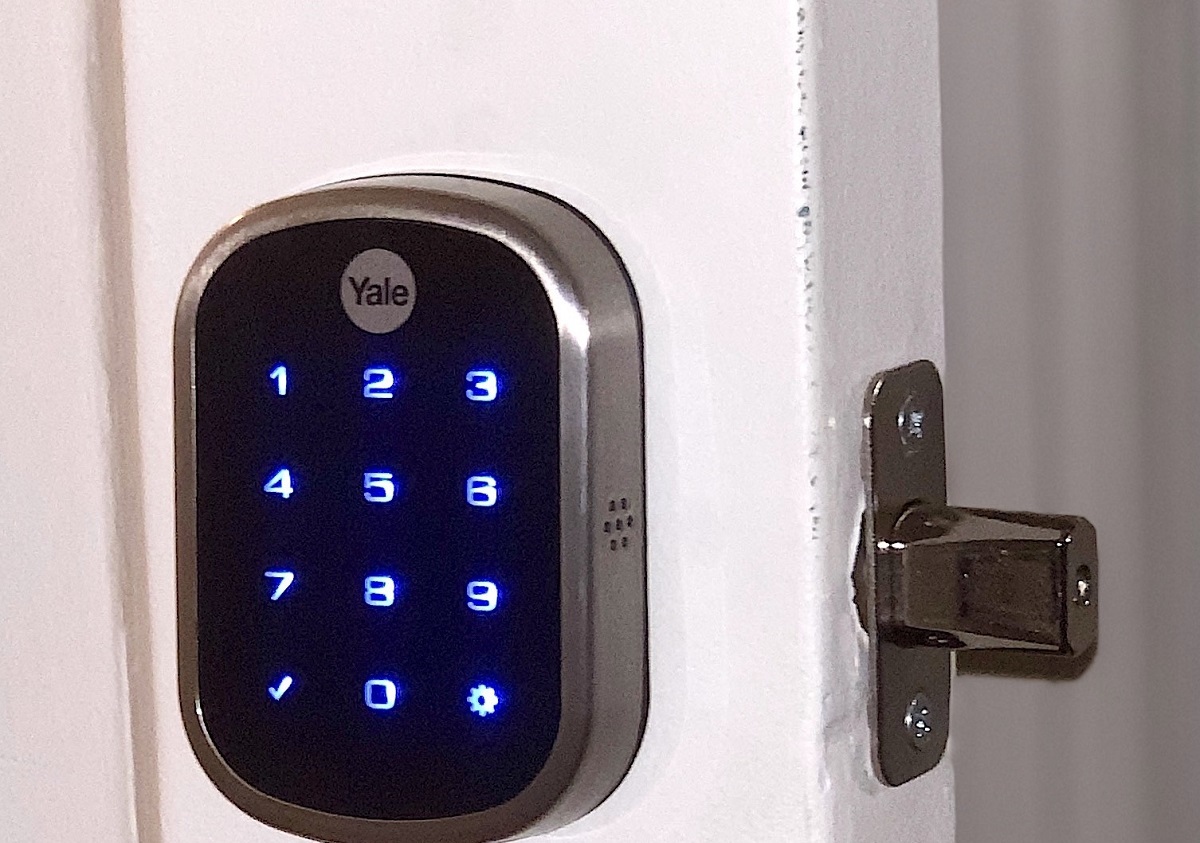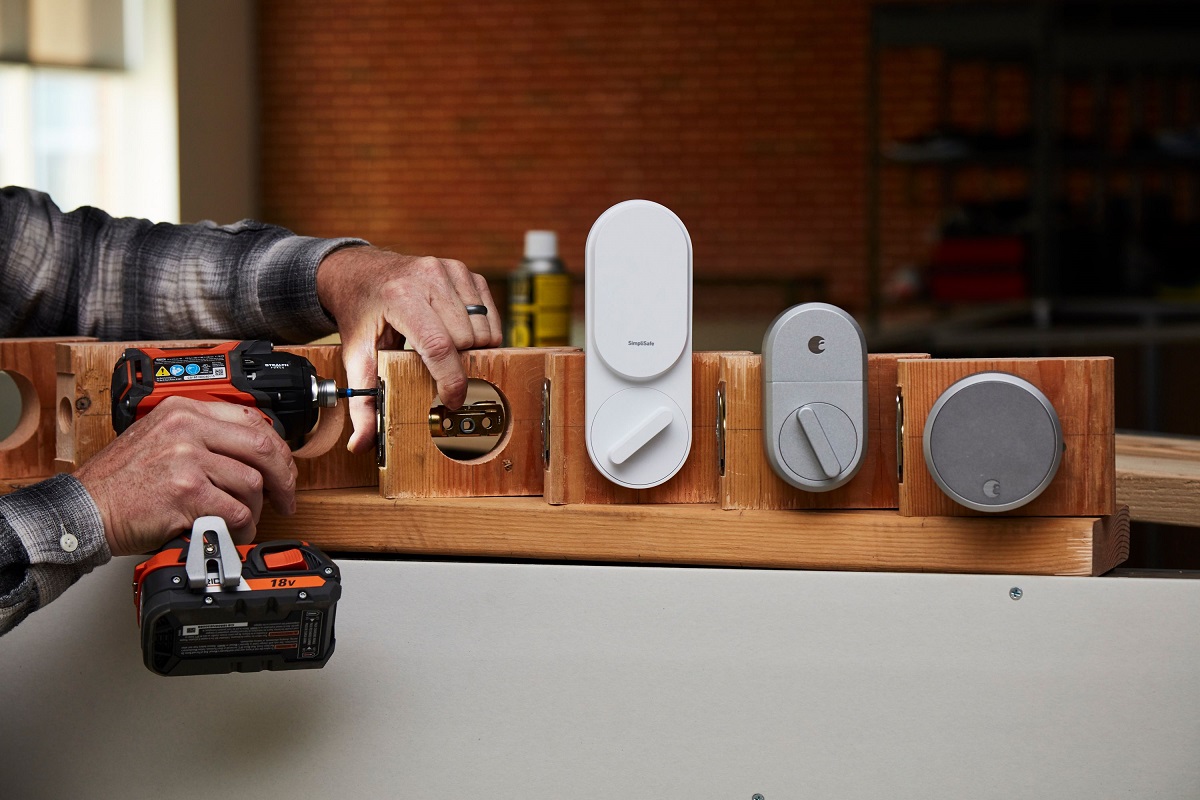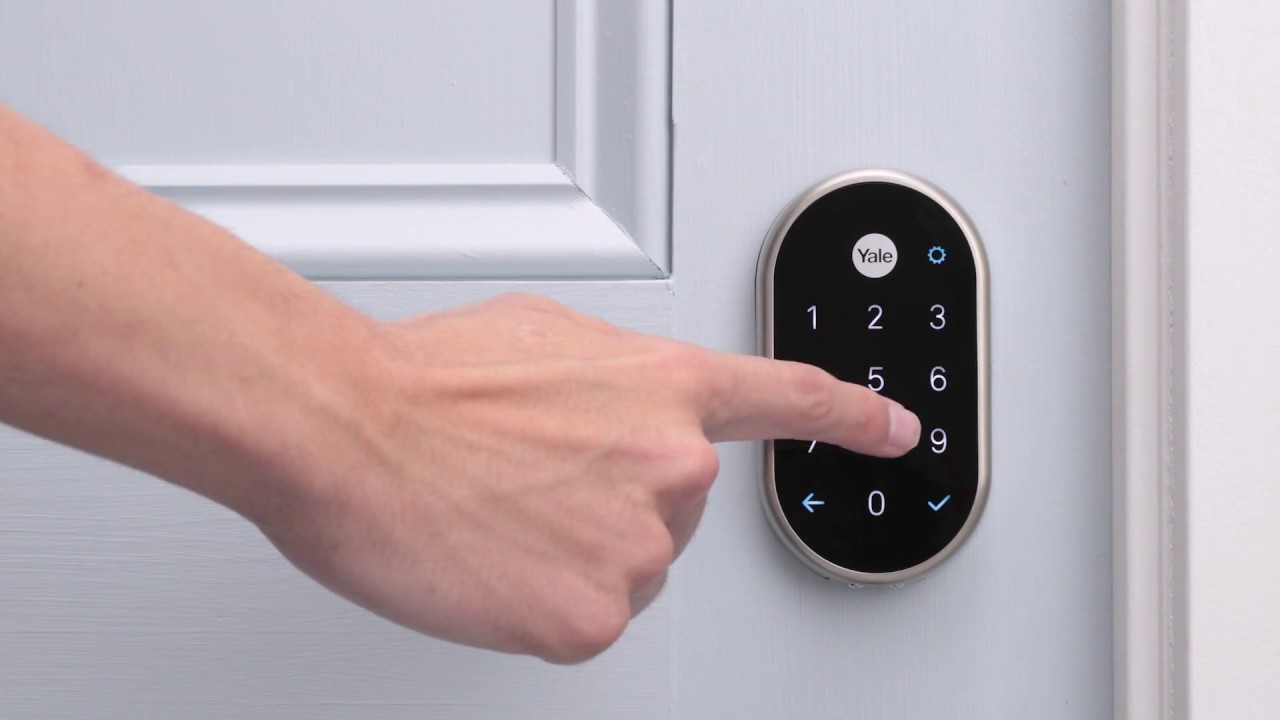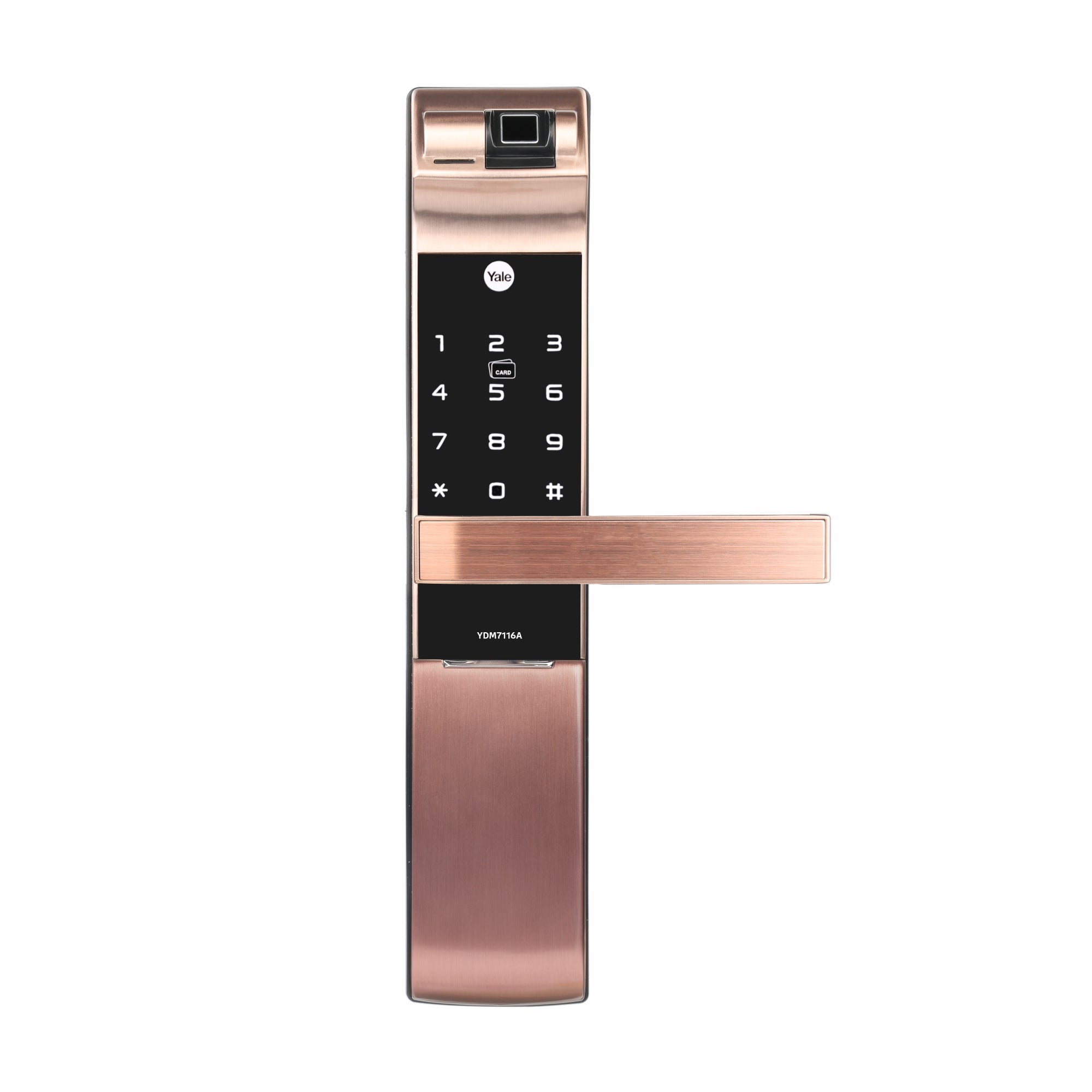Introduction
Welcome to our guide on how to change the code on a Yale Smart Lock. Yale Smart Locks are innovative security solutions that allow you to secure your home or office with ease. With the ability to change your lock code as often as you like, you can ensure that your property remains protected at all times. Whether you want to update your code for security purposes or simply need to grant temporary access to someone, changing the code on your Yale Smart Lock is a straightforward process that we will explain in detail.
Yale is a well-known and trusted brand in the security industry, and their Smart Locks offer convenience, flexibility, and peace of mind. These smart locks are designed to be user-friendly and can be easily integrated into your existing home security system.
In this guide, we will provide you with a step-by-step tutorial on how to change the code on your Yale Smart Lock. We will also discuss important considerations to keep in mind before making any changes and offer troubleshooting tips to help you navigate any potential issues that may arise.
So, whether you’ve just installed a new Yale Smart Lock or want to update your existing code, this guide is here to assist you. Follow along, and we’ll walk you through the process to ensure a successful code change on your Yale Smart Lock.
Understanding Yale Smart Lock
Before we dive into the steps for changing the code on your Yale Smart Lock, it’s important to have a solid understanding of the lock itself. Yale Smart Locks are electronic locks that utilize cutting-edge technology to provide security and convenience.
Yale Smart Locks come in various models, each offering different features and capabilities. However, they all share a common goal – to safeguard your property and provide you with peace of mind.
These smart locks are designed to replace your traditional mechanical key lock and can be operated using a variety of methods, such as keypads, key cards, or even mobile apps. This means you can enter your home or office without fumbling for keys or worrying about losing them.
The key feature of a Yale Smart Lock is the ability to change the lock code whenever you need to. This feature allows you to customize access to your property, granting entry to trusted individuals while retaining control over who can enter.
Yale Smart Locks also often include other advanced features like remote control through a smartphone app, integration with home automation systems, and even compatibility with virtual assistants like Amazon Alexa or Google Assistant.
When it comes to security, Yale Smart Locks utilize encryption technology to ensure that your code remains secure and cannot be easily hacked or deciphered. With Yale’s reputation for high-quality and reliable products, you can trust that your smart lock will provide robust protection for your property.
Overall, Yale Smart Locks empower you with the flexibility to manage access to your property conveniently, grant temporary or permanent codes to trusted individuals, and enhance the security of your home or office.
In the next section, we will guide you through the step-by-step process of changing the code on your Yale Smart Lock, ensuring that you have complete control over who can enter your property.
Step-by-Step Guide to Changing the Code on Yale Smart Lock
Changing the code on your Yale Smart Lock is a simple process that can be done in just a few easy steps. Follow the instructions below to update your lock code:
- Start by locating the programming button on your Yale Smart Lock. This button is usually found on the interior side of the lock or on the lock’s backplate. Refer to the user manual for your specific model if you’re having trouble finding it.
- Once you’ve located the programming button, press and hold it for a few seconds until you hear a beep or see a light indicator, indicating that the lock is in programming mode.
- Enter the current code on the keypad or any other method specified for your Yale Smart Lock. This will typically be a default factory code or the code that was previously set for the lock.
- After entering the current code, you can now create a new code for your lock. Choose a code that is easy for you to remember but difficult for others to guess. Avoid using obvious combinations like birthdays or repeating digits.
- Enter your new code on the keypad or through the designated input method, following the manufacturer’s instructions for your specific Yale Smart Lock model.
- Once you’ve entered the new code, wait for a confirmation signal from the lock, such as a beep or light indicator. This will indicate that your new code has been successfully programmed.
- Test your new lock code by attempting to unlock the Yale Smart Lock using the new code. Ensure that the lock functions properly and that the code is accepted before finalizing the process.
- Once you’ve confirmed that the new code is working correctly, exit the programming mode on your Yale Smart Lock. This can usually be done by pressing the programming button again or following the instructions provided in your user manual.
And that’s it! You have successfully changed the code on your Yale Smart Lock. Now you can enjoy the enhanced security and peace of mind that comes with a new lock code.
Remember to keep your new code confidential and only share it with trusted individuals. If you ever need to change the code again, simply follow these same steps to update it.
Next, we will discuss important considerations to keep in mind before changing the code on your Yale Smart Lock to ensure a smooth and safe process.
Things to Consider Before Changing Your Code
Before you proceed with changing the code on your Yale Smart Lock, there are a few important factors to consider. These considerations will help ensure a smooth process and maintain the security of your property:
- Backup access: It’s crucial to have a backup method of entry in case you forget the new code or encounter a technical issue. This could be a spare key or an alternative access method like a key card or smartphone app.
- User access: Take into account who will need access to your property and assign appropriate codes to each individual. Consider if you want to grant permanent or temporary access and update the codes accordingly.
- Security code: Choose a new code that is unique, strong, and not easily guessed. Avoid using simple combinations or personal information like birthdates or addresses. Select a code that is easy for you to remember but difficult for others to figure out.
- Confidentiality: It’s important to keep your code confidential and only share it with trusted individuals. Remind those who have access to your property that they should not disclose the code to others to maintain the security of your premises.
- Testing: After changing the code, test it to ensure that it functions properly and that the Yale Smart Lock recognizes and accepts the new code. This will help avoid any issues with entering or exiting your property.
- Updating other devices: If your Yale Smart Lock is integrated with other devices or systems like home automation or virtual assistants, ensure that they are updated with the new code to maintain seamless operation.
- Refer to the user manual: Each Yale Smart Lock model may have its own specific instructions and features. Take the time to read through the user manual for your lock to understand any unique aspects or considerations.
By carefully considering these factors before changing the code on your Yale Smart Lock, you can ensure that the process is smooth, secure, and tailored to your specific access management needs.
In the next section, we will discuss troubleshooting tips that may come in handy if you encounter any issues during the code changing process.
Troubleshooting Tips
While changing the code on your Yale Smart Lock is generally a straightforward process, you may encounter some challenges along the way. Here are some troubleshooting tips to help you overcome common issues:
- Incorrect code entry: If the lock is not responding to the code you entered, double-check that you entered it correctly. Pay attention to any special instructions or sequences provided in the user manual for your specific model.
- No response from the lock: If the lock does not beep or indicate any programming mode activation when you press the programming button, try replacing the batteries. Weak batteries can sometimes prevent the lock from entering programming mode.
- Factory reset: If you encounter persistent issues with the lock, performing a factory reset may resolve the problem. Refer to your user manual for instructions on how to perform a reset and be aware that this will erase all programmed codes.
- Compatibility issues: If your Yale Smart Lock is connected to other devices or systems, confirm that they are compatible and properly paired. Troubleshoot any connectivity problems by following the instructions provided in the respective user manuals.
- Lock malfunction: If you have tried all troubleshooting steps and the lock is still unresponsive or malfunctioning, contact Yale customer support for assistance. They can provide specialized guidance or arrange for professional service if necessary.
Remember, it’s always important to refer to your specific Yale Smart Lock user manual for troubleshooting information tailored to your lock model. The manual will provide detailed instructions and additional troubleshooting steps for any specific issues you may encounter.
By following these troubleshooting tips, you can address common challenges that may arise during the code changing process and ensure that your Yale Smart Lock operates smoothly and securely.
Now that we’ve covered troubleshooting, let’s wrap up this guide with a summary of what we’ve learned and the importance of properly maintaining your Yale Smart Lock.
Conclusion
Congratulations! You have successfully learned how to change the code on your Yale Smart Lock. By following our step-by-step guide, you can easily update your lock code to enhance the security and convenience of your home or office.
Yale Smart Locks provide a modern and efficient way to protect your property, offering features such as easy code management, remote access control, and integration with other smart devices. Remember to consider important factors like backup access, user access, and code confidentiality before making any changes.
If you encounter any issues during the code changing process, our troubleshooting tips should help you overcome common challenges. From incorrect code entry to connectivity problems, these tips will guide you towards a solution.
It’s crucial to familiarize yourself with the user manual specific to your Yale Smart Lock model, as it contains detailed instructions and additional troubleshooting steps tailored to your lock’s features and functions.
Regularly updating your lock code and ensuring the proper functioning of your Yale Smart Lock is essential for maintaining the security of your property. By following best practices and staying proactive, you can enjoy peace of mind knowing that your home or office is well-protected.
We hope this guide has been useful in your journey to change the code on your Yale Smart Lock. Embrace the convenience, flexibility, and advanced technology that Yale Smart Locks offer, and continue to prioritize the safety of your property.
If you have any further questions or require additional support, don’t hesitate to reach out to Yale customer support for assistance. They are available to help you make the most of your Yale Smart Lock.
Thank you for choosing Yale Smart Locks, and may you enjoy a secure and seamless lock experience!







